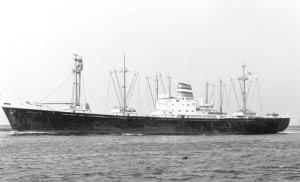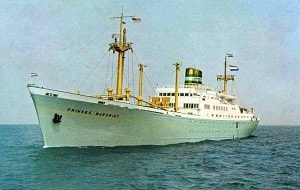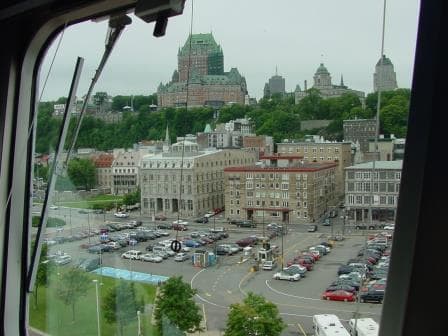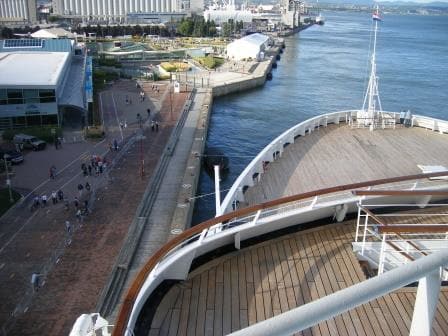The ship docked with a full house of eager guests ready to go ashore as they had not been able to do so in Bar Harbor due to the wind. It was a regular cool but nice day for Halifax and all of us onboard were very happy as a rainy day would have not been nice for the guests after missing a port. Still there were complaints galore about the weather, as there is always a group onboard who seem to think that if you go on a cruise you get sunny and warm weather, where ever you go with the ship. Even when going to the Antarctic or the Arctic there is always somebody who has not brought any warm clothing, because ……….. they were going on a cruise. So for some today did not give the cruise weather they had expected while for others used to colder weather at home it was just a pleasant day. These are sort of battles you cannot win and the only thing you can do is try to get the message across that the weather today was very good for Halifax, especially taking into consideration the lateness in the season.
Today the Bridge had something interesting on their hands, a corporate trainer/supervisor/auditor, called a Fleet Captain. Each company has one of these persons; they are regular captains from the fleet but they have been farmed out to Carnival Corporation for a Bridge Resource Implementation program. The idea is to ensure that all the ships of all the companies which are controlled by Carnival Corp. have the same bridge watch standards. These fleet captains go around, training the crew in bridge procedures which are the standard for the whole fleet. These standards will eventually also result in having similar bridges on all the ships. So the bridge of a future HAL ship will be identical to one of a Cunard or Princess ship. Not a bad idea as it will make the familiarization with the equipment, when coming onboard a new ship, much easier.
But that is still for the future. At the moment we are still in the process of getting the routines standardized. The basic principle is that the whole bridge team is aware of what each member is doing. That means there have to be routines for sharing information, for starting and ending the watch and for calling attention if there is something the matter. To makes things fail proof the functions in the team have to be clearly assigned.
So we have an Operations Director (OD), which is somebody with a Master License. On arrival and departure this is quite often the captain but if the captain is maneuvering it is somebody else. The OD keeps oversight and insures that nothing is missed by anybody.
Then there is the Navigator who is in charge of the watch when at sea. His/her minimum qualification is having a Chief Officers license. He/she is assisted by a Co Navigator who can have any license. This person takes care of the position, administration, telephone calls etc.
To give an example: The ship departs and the Captain is Maneuvering. The Staff Captain will then be the Operation Director; keeping an eye on the Pilot, the navigator, the helms man, the look out and the Captain. The co – navigator might be forward doing the mooring lines. When the ship is away from the dock, the Pilot will normally sail the ship to open waters. He will have the Conn., but he is not in charge. that remains with the Captain. The Captain can now fill the gap of the co- navigator, until he/she arrives, as long as the Staff Captain stays as Operations Director. Or the Captain and Staff Captain can switch.
But if possible we keep the man with the oversight the same. When the pilot leaves, he can then transfer the “conn” directly to the Navigator, without having to go through the extra step of Pilot – to Captain – to Navigator.
When the officer comes back from the mooring station, the captain will brief him/her and then he/she can take over the position of the co –navigator.
There are a lot more variations possible but the idea is that once the show gets on the road, there are as few functions changes as possible taking place. The less there are, the less chance that there is a loss of situational awareness and somebody is missing a vital piece of information.
How it goes, depends on the Captain. If it is an easy port / day, the captain might let the team run the whole show and only plays a minor roll but of course will still be in charge. The more difficult the situation, the more prominent the role of the captain will be. It is a great tool to get the juniors more and more involved.
To ensure that this is done to company standard, we have Fleet Captains going around the ships. That can be one of our own colleagues but it can also be a Costa, P & O or Cunard Captain, as all the ships have to have the same standards and you can really benefit from a pair of fresh eyes, “looking in from the outside”.
I had all my students in the lifeboats today, going through all the inventory of the boats as they are all coming close to their exams. Biggest focus point is always: “are the lifeboat rations edible and do they taste nice”, yes they are edible: they taste like Scottish Shortbread and are even more nutricious.
Tomorrow we are in Sydney and then I will hold a presentation for all the crew onboard about the new 3- alarm system we are introducing. To my utter amazement the crew is quite excited about the meeting. It is almost as if it is a school class outing. All together to the Show lounge…………..
It is supposed to be sunny tomorrow in Sydney and that will be a good bonus as it tends to rain there are lot.
















